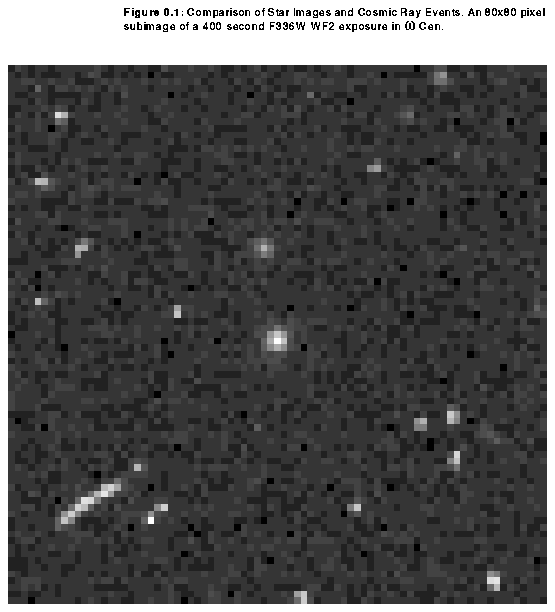Figure 4.7: Histogram of Cosmic Ray Event Sizes.

Secondly, stellar images are undersampled and much more difficult to separate from cosmic rays, as is shown in Figure 4.8. Faint stellar images and low energy cosmic rays are indistinguishable. Long science observations are therefore usually broken into at least two exposures (CR-SPLIT) to ensure that events can be identified.
The average properties of on-orbit cosmic ray events have been determined from examination of several dark exposures, each 2000s long. After bias and dark subtraction, "cosmic rays" were identified in each input frame by first looking for pixels more than 5 sigma above the background, and then including in each event all adjacent pixels more than 2 sigma above the background. Very occasionally, two or more physically separate events will be merged into one as a result of this procedure; visual inspection confirms that in the vast majority of cases, this procedure correctly identifies each event and the area affected by it. The typical value of sigma was 5 to 6 electrons, including both read and dark noise. The region near the borders of each CCD was excluded in order to avoid edge effects, but all results given here are rescaled to the full area of the CCD.
One difficulty in this measurement is caused by hot pixels, for some of which the dark current has significant fluctuations from frame to frame; these can be mistakenly identified as cosmic rays when the dark current is at a maximum. Single-pixel events constitute 10% of the total number of events identified by our procedure, but at least half of them recur in the same position in several frames, thus identifying them as damaged (hot) pixels, rather than true cosmic rays. Also, unlike the majority of cosmic ray events, single-pixel events tend to have very small total signal; the majority have total signal less than 200 electrons, as expected from hot pixels, while the signal distribution of multiple-pixel events peaks around 1000 electrons. For this reason, single-pixel events have been classified as "bad pixels'' rather than "cosmic rays''. While we cannot exclude that some true single-pixel events do occur, they are very rare, probably less than 2% of the total.
Cosmic ray events are frequent, occurring at an average rate of 1.8 events chip-1 s-1. The distribution of total signal is shown in Figure 4.9
Figure 4.8: Comparison of Star Images and Cosmic
Ray Events.

Figure 4.9: Histogram of Cosmic Ray Event Energies.

The histogram in Figure 4.9
shows the distribution of total energy of all cosmic ray events. One encouraging feature is the very small number of events below about 30 DN. This low energy drop is well above the energy level of excluded single-pixel events.





 . The fit fails below S0, and should not be extrapolated to low-signal events. The rate of events with total signal below 700 electrons is 0.4 events chip-1 s-1 (i.e. total events per CCD per second is N0+0.4=1.8).
. The fit fails below S0, and should not be extrapolated to low-signal events. The rate of events with total signal below 700 electrons is 0.4 events chip-1 s-1 (i.e. total events per CCD per second is N0+0.4=1.8).